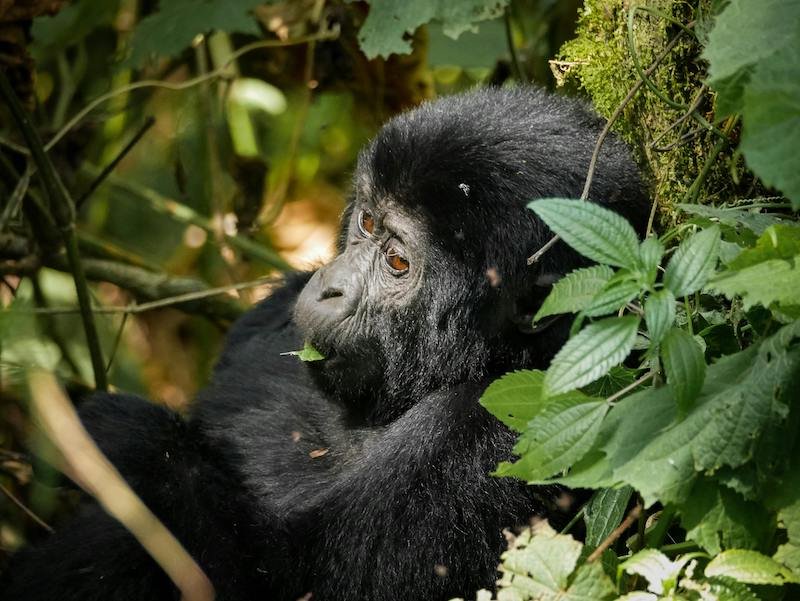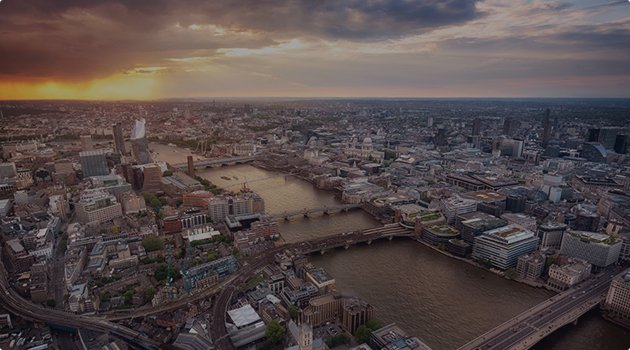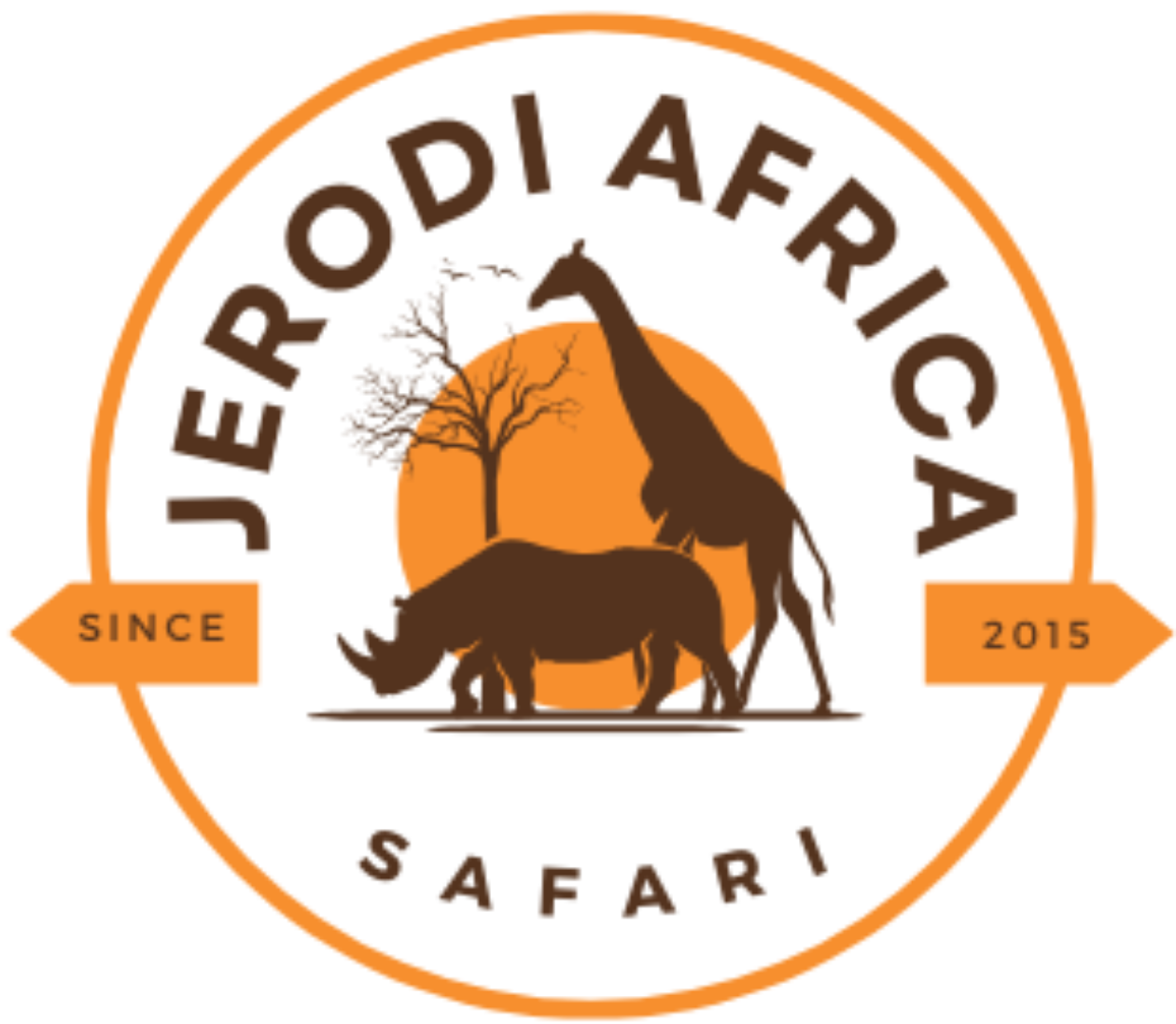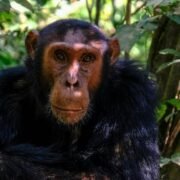Uganda Safari Cost: Budget, Midrange & Luxury Tour Price Guide

Introduction: Understanding the Uganda Safari Cost
A dream journey to the Pearl of Africa is often planned with excitement. However, before the journey is booked, an important question is usually asked: How much does a Uganda safari cost? This article will explore all aspects of Uganda safari prices in detail. The final cost of a safari in Uganda can be influenced by many factors. Through this guide, a clear picture will be painted to help with budget planning.
Here’s a clear table that shows estimated per-day costs for Budget, Midrange, and Luxury safaris in Uganda—broken down by Private and Group tours:
| Safari Type | Group Tour (Per Person/Day) | Private Tour (Per Person/Day) |
|---|---|---|
| Budget Safari | $150 – $200 | $200 – $250 |
| Midrange Safari | $200 – $300 | $300 – $450 |
| Luxury Safari | $400 – $600 | $600 – $1,200 |
Notes:
- Group Tours are shared with others, making them more affordable.
- Private Tours are tailored and more exclusive, thus cost more.
- Prices include: accommodation, transport, guide, meals, park entry fees.
- Prices exclude: gorilla/chimp permits, international flights, visa, insurance, vaccinations, tips. Request your Free Quote Now
Price Variations: High Season vs. Low Season
To begin with, Uganda safari prices are often changed based on seasonal factors. During the high season (June–August and December–February), prices are raised due to increased demand. More tourists are welcomed during these months, and therefore, higher rates are charged by lodges and tour companies.
On the other hand, lower prices can be expected during the low season (March–May and September–November). Fewer visitors are received during these months, and attractive discounts are often offered. As a result, a more budget-friendly safari experience can be enjoyed.
Still, even in the low season, beautiful wildlife sightings and amazing landscapes can be experienced.
Safari Styles: Budget, Midrange, and Luxury Options
Secondly, the cost of a Uganda safari is influenced by the type of safari selected. Safaris are usually categorized into three levels:
Budget Safaris
Budget options are designed to be more affordable. Simple lodges or tented camps are used. Shared transportation is often provided, and basic meals are usually included. Despite the low cost, memorable wildlife encounters can still be enjoyed.
Midrange Safaris
A balance between comfort and cost is offered through midrange safaris. More spacious rooms, better amenities, and private transport are provided. Although slightly more expensive, greater relaxation and convenience are guaranteed.
Luxury Safaris
For those who seek a top-tier experience, luxury safaris are chosen. High-end lodges, gourmet meals, and private guides are offered. These safaris are priced higher, but exceptional comfort and exclusivity are provided throughout the trip.
Transportation Options: By Road or Domestic Flights
In addition, transport mode affects Uganda tour expenses. Two main options are available:
By Road
Most Uganda safaris are conducted by road. This option is usually cheaper. However, longer travel times are expected, especially when remote parks such as Kidepo or Bwindi are visited.
By Domestic Flights
Alternatively, domestic flights are available for those who prefer to save time. While more expensive, quick access to national parks is provided. Higher safari rates in Uganda are associated with this option, but greater comfort is enjoyed.
Extra Costs That Should Be Included
Even though safari packages often include transport, park entry, and accommodation, several additional expenses should also be considered.
International Flights
Return flights to Uganda are usually booked separately. Depending on the departure country, ticket prices may vary. Therefore, a significant portion of the budget may be consumed by airfare.
Visa Costs
To enter Uganda, a visa is required. As of now, a Uganda tourist visa is charged at $50. For those who plan to visit Rwanda or Kenya too, an East African Visa can be obtained for $100.
Accommodation in Kampala or Entebbe
Extra nights before or after the safari may be needed. Affordable guesthouses or luxury hotels can be selected based on the traveler’s preference. These stays are not always included in safari packages. Request your Free Quote Now
Vaccinations
Vaccination against yellow fever is required. Additionally, protection from malaria and other diseases is strongly recommended. Extra medical costs may be incurred before travel.
Tips and Gratuities
Though not mandatory, tips are appreciated by guides, porters, and hotel staff. A daily tip of $10–$20 per traveler is often suggested.
Travel Insurance
Unexpected delays, illnesses, or lost luggage may occur. To stay protected, travel insurance is advised. A small additional cost is added but peace of mind is ensured.
12 Key Factors Influencing the Uganda Safari Cost
To further understand Uganda safari cost, the following 12 factors should be noted:
- Time of Travel – High season rates are charged when demand is higher.
- Safari Duration – More days result in a higher overall cost.
- Number of People – Group safaris are often cheaper per person than private ones.
- Level of Accommodation – Luxury lodges raise the safari cost significantly.
- Type of Vehicle – 4×4 Land Cruisers cost more than minivans.
- Guide Expertise – Professional, experienced guides add value and cost.
- Gorilla & Chimp Permits – Gorilla tracking permits are currently priced at $800 per person, while chimp tracking permits go for $200–$250.
- Activities Included – Boat rides, cultural visits, and walking safaris may add extra charges.
- Distance Between Parks – Longer routes mean higher fuel and time costs.
- Domestic Flights – If used, they increase the total tour cost.
- Airport Transfers – Sometimes included, but not always.
- Customization Level – More tailored itineraries cost more due to flexibility and exclusive arrangements.
Final Thoughts: Planning Your Uganda Safari Budget
In conclusion, the cost of a Uganda safari is shaped by many independent factors. From the season of travel to the level of comfort selected, many elements must be considered. While budget safaris are offered to travelers with limited funds, luxury options are also available for those who desire a high-end experience. For information
By understanding the variables mentioned, a well-informed travel plan can be created. Ultimately, unforgettable memories are made when Uganda is visited—no matter the cost. Request your Free Quote Now
Recent Posts
Hartebeest vs Topi in Uganda: Species, Parks & Key Differences
Mountain Gorillas and Chimpanzees in Uganda
Monkeys in Uganda: Species, Parks & Safari Guide
Tags

Thailand




